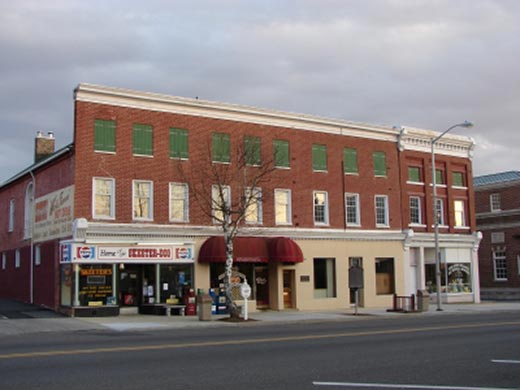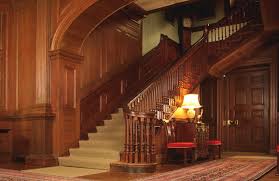Middlesex County Genealogy Records, Wills, Estates, Marriages, Court House Records

Marriages
- Marriages to 1699
- Bonds 1759 to 1803
Digital Images of Middlesex County Wills 1698 to 1713
Testators: Boseley, Elizabeth ;Davis, David; Downing, William ;Dudley, Robert ;Griffin, Corbin ;Haslewood, Mary ;Head, Mary ;King, John ;Mullins, William ;Passatt, Richard ;Porter, William ;Smith, John ;Thacker, Edwin;Williams, Thomas;Wormeley, Ralph
Digital Images of Middlesex County Wills 1713 to 1734
Testators: Allen, Richard Sr. ;Bannerman, Mark; Batchelor, John ;Berry, John; Bristow, John ;Causen, Thomas ;Crank, Thomas ;Davis, Mary ;Dodson, John ;George, David ;Gibbs, John ;Goddin, Thomas ;Gordon, William; Halfot, Henry; Jacoby, Joseph ; Jones, Thomas ; Jordan, James ; Montague, William ; Nash, John ; Robinson, Judith ;Sandeford, Joan ;Shurley, Thomas ;Smith, John ;Smith, John ;Smith, Thomas ;Tinnly, William ;Williamson, Benjamin ;Williamson, Robert ;Wormeley, Ralph.
Digital Images of Middlesex County Wills 1740 to 1748
Testators: Allen, John ; Batchelor, Samuel ; Bette, Thompson ; Blake, John ; Bristow, Mary ; Bristow, William ;Brooks, Jonathan ;Brown, Robert ;Buchanon, Henry ;Carter, John; Cheap, Patrick ; Clark, Edward ; Condon, David; Daniel, James ; Daniel, Robert ; Daniel, William ; Dudley, Jean ; Dudley, Robert ; Edwards, James ; Fearn, John; Graves, Alexander ; Greenwood, James ; Hammitt, William ; Handley, Elizabeth ; Hardin, George ; Harwick, Philip ;Howard, Youstice; Johnson, William ;Jones, William ;Riley, John ; Seers, Joseph ;Segar, John ;Shaw, Thomas ;Smith, Cary ;Smith, John ;Stanard, Elizabeth ; Street, Richard ;Thurston, William ;Tuggle, Henry
Digital Images of Wills, Estates, Bonds, 1748 to 1760, Book D
Digital Images of Wills, Estates, Bonds, 1760 to 1772, Book E
Digital Images of Wills, Estates, Bonds, 1772 to 1787, Book F
Digital Images of Wills, Estates, Bonds, 1787 to 1793, Book G
Digital Images of Wills, Estates, Bonds, 1794 to 1795, Book H
Digital Images of Wills, Estates, Bonds, 1795 to 1798, Book I
Images of Middlesex County Orphans Records
- 1760 to 1826
Images of Middlesex County Administrator Bonds
- 1767 to 1810
- 1821 to 1825
Indexes to Wills
- 1675 to 1800
- 1800 to 1950
Indexes to Heirs and Devisees
- 1675-1935
Miscellaneous Wills
William Daniel (1695)
Abstracts of Wills
- Wills and Inventories, abstracts (1713-1727)
Miscellaneous
- 1704 Quit Rent Rolls
- Immigrants to Middlesex County 1674-1702
- Order Book 1673 to 1680
- Order Book 1758 to 1767
- Execution Book 1799 to 1802
Traced genealogies and family histories of Middlesex County available to Members !
| Beverley | Brooking |
Elegant Homes

